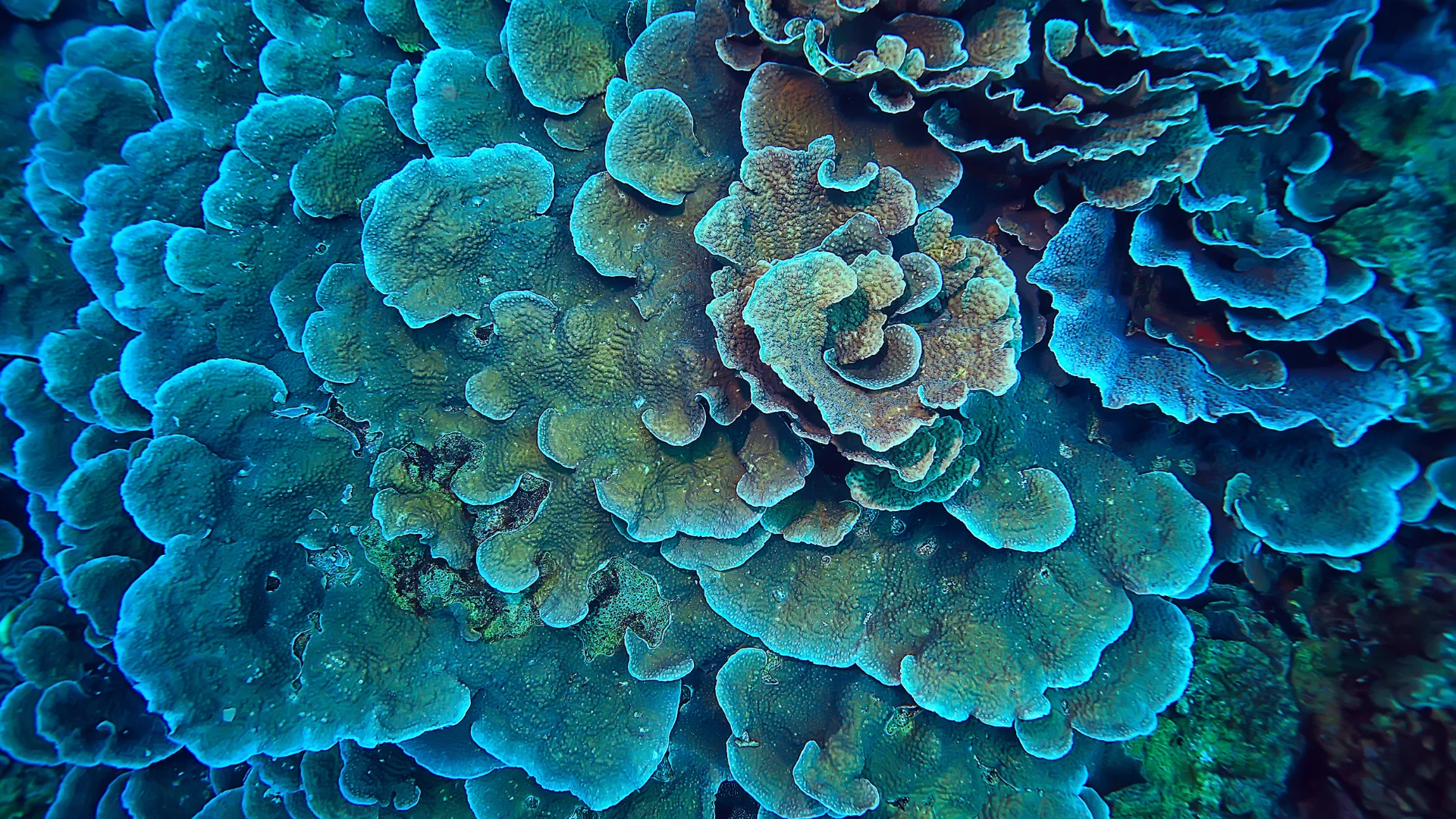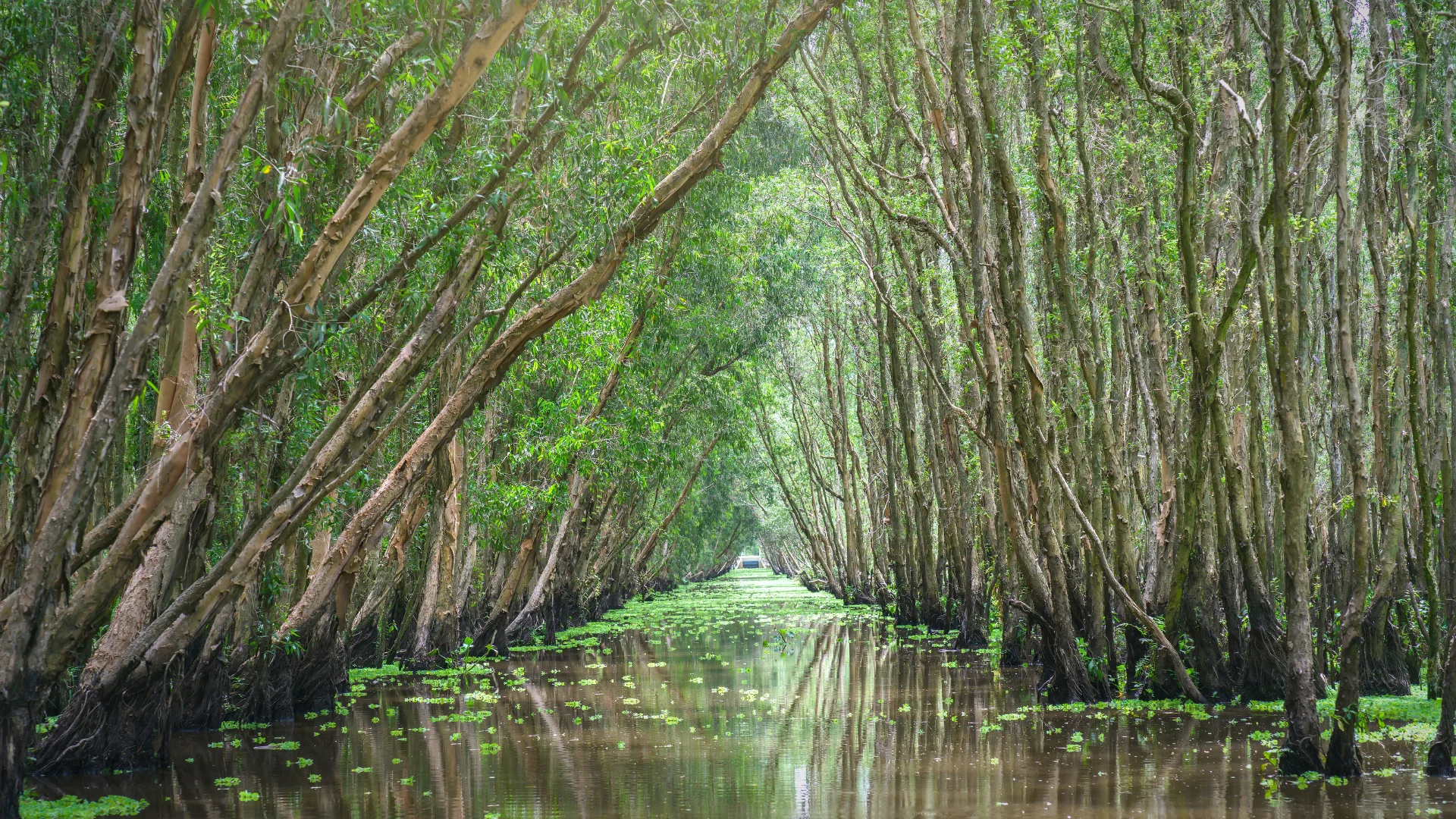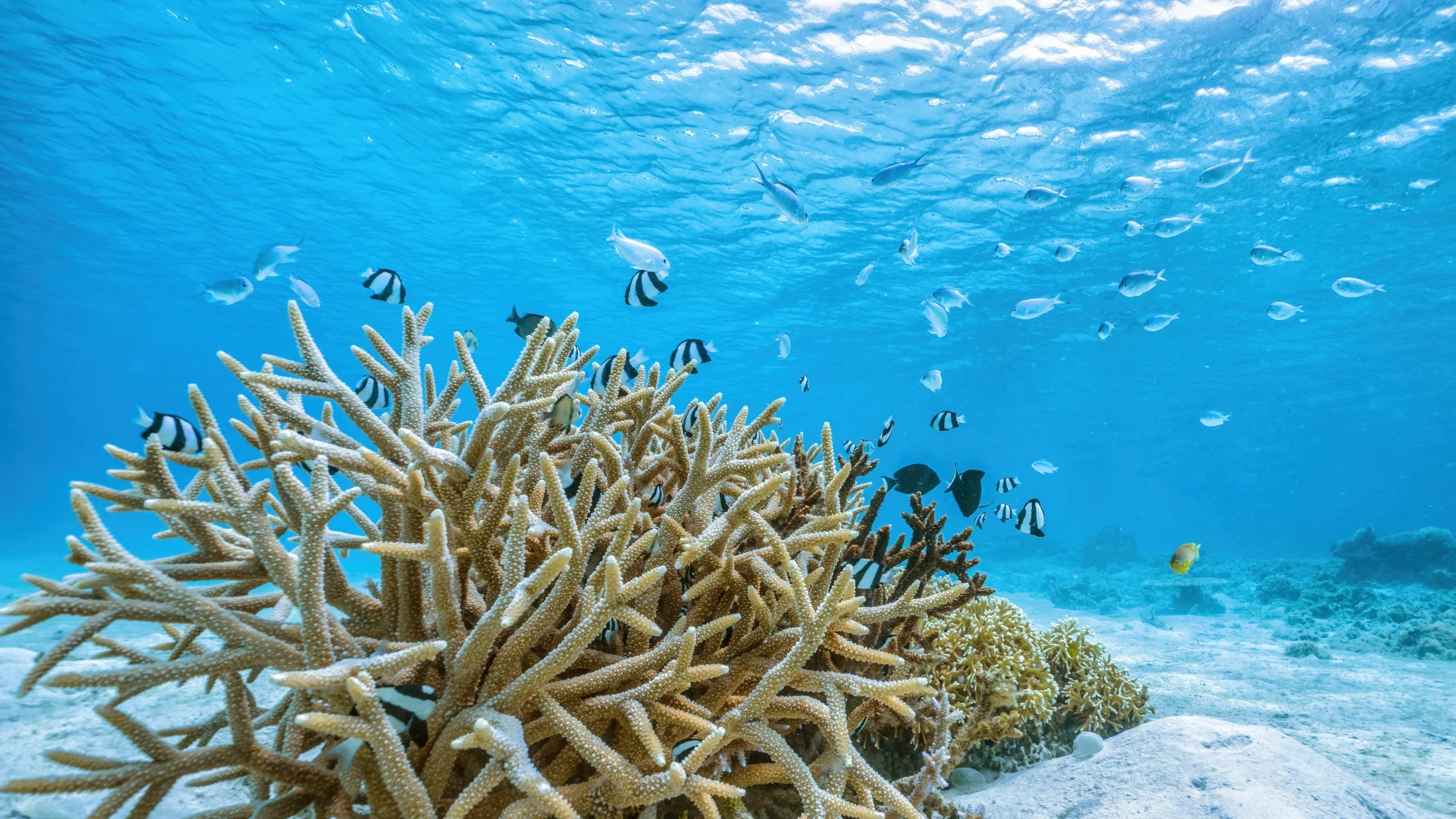
The Caribbean's natural defences against hurricanes are in decline
Investing conservation can enhance coastal resilience, protect biodiversity, and ensure the long-term sustainability of Caribbean communities and ecosystems.
All eyes are on Hurricane Beryl, now considered a potentially ‘catastrophic’ storm by the National Oceanic and Atmospheric Administration (NOAA).
As experts warn of the storm’s potentially devastating impacts, the storm serves as a reminder of the role natural resources play in disaster mitigation.

(Courtesy of Red Cross Canada)
In addition to its sand dunes that protect against storm surge, the Caribbean is home to coral reefs and mangrove forests which act as natural barriers.
But both are in decline. A recent study published in Nature Communications suggests Caribbean coral faces an ‘uncertain’ future due to climate change, posing a threat to marine biodiversity while leaving coastal communities increasingly vulnerable to destructive storms like Beryl.
Coral is down upwards of 80 per cent in some places, while Carribbean mangroves reduced by around 7000 km2 between 1980 and 2010, and at its current rate of depletion, mangrove forests could disappear within the next6 60 years.
About Beryl
Beryl is churning towards Jamaica after making landfall on smaller Caribbean islands, where it has caused widespread floods, downed powerlines, and, as 11 a.m. ET Wednesday, killed at least six people.
On Monday, the storm cut power across the entire island of Carriacou, when it made landfall with sustained maximum winds around 240 kilometres per hour.
It is making records for all the wrong reasons. Beryl is the first storm in this year’s Atlantic hurricane season, and Reuters says its early arrival and rapid intensification can be attributed to warmer ocean temperatures.
Only one other storm -- Hurricane Emily in 2005 -- has reached a Category 5 intensity in July, and that didn't happen until mid-month, on the 16th.
Beryl “developed so quick. From a tropical depression – so fast. It’s history. And first time to develop in June-July,” Clive Davis, a local fisherman in Kingston, Jamaica, told Reuters.
“[It’s] got me taking this serious - serious.”

A woman walks through a debris filled street in the Hastings neighborhood after Hurricane Beryl passed in Bridgetown, Barbados July 1, 2024. (REUTERS/Nigel R Browne/File Photo)
Beryl is forecast to dump upwards to 300 mm of rain on Jamaica, raising the risk of dangerous flash floods.
By Wednesday, the storm had lost some steam, downgrading to a Category 4, but its winds remain powerful.
How coral and mangroves protect against hurricanes
The Caribbean is no stranger to severe weather, with an average of 14 named storms in the Atlantic each year. About half of those, on average, will strengthen into a hurricane, but not all will make landfall.
The area has several natural tools to defend itself against naturally occurring weather events, with coral reefs and mangrove forests among the most prominent.
Embedded content: https://twitter.com/Greenpeace/status/1808440373145968789The importance of mangrove forests
Mangrove forests have dense roots that can absorb storm surge by up to 50 per cent, reduce wind speeds as storms move inland, and help slow erosion.

File photo/Pham Thoai/Pexels (via Canva Pro).
Human activity and natural disasters have taken a toll on mangrove forests, which are reducing at a rate of around 230 km2 per year.
“The Caribbean is one of the main mangrove hotspots, and the most relevant threats are urbanization, damming, agriculture, forestry, tourism, fisheries, salt production and shrimp farming,” reads an excerpt from the Botanical Institute of Barcelona website.
“In conservation discussions, it is often said that what evolution has taken millions of years to develop might be lost in centuries. In the case of Caribbean mangroves, this asymmetry may be quantified, as these ecosystems originated ~50 million years ago and, if current loss rates are maintained, they may disappear in less than a century.”
Coral reefs need protection
Like mangrove forests, coral is in decline due to urban development and tourism, among other human-led activities.
The Caribbean is home to about 10 per cent of the world’s coral reefs, which protect the shore against waves by reducing their strength by up to 97 per cent, which could make them more effective than some artificial barriers.
One 2018 study estimated damage costs from severe storms would double without the reefs.

File photo/Kaenori/Pixabay (via Canva Pro).
As climate change intensifies, elevating the risk of more frequent and severe storms, experts are calling on short and long-term conservation strategies to protect coral reefs and mangrove forests.
Investing in their conservation can enhance coastal resilience, protect biodiversity, and ensure the long-term sustainability of Caribbean communities and ecosystems.
Header image: File photo of coral via Canva Pro.
